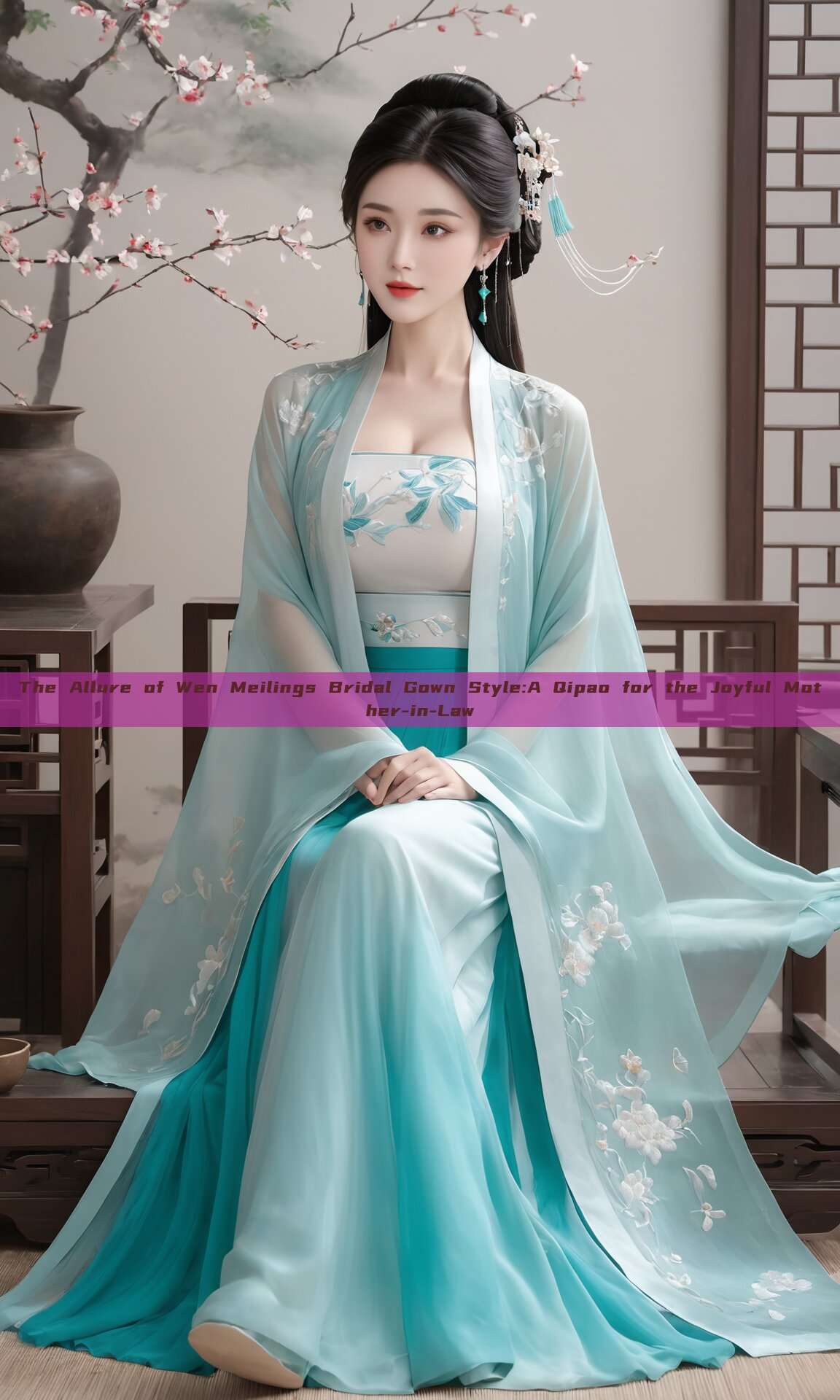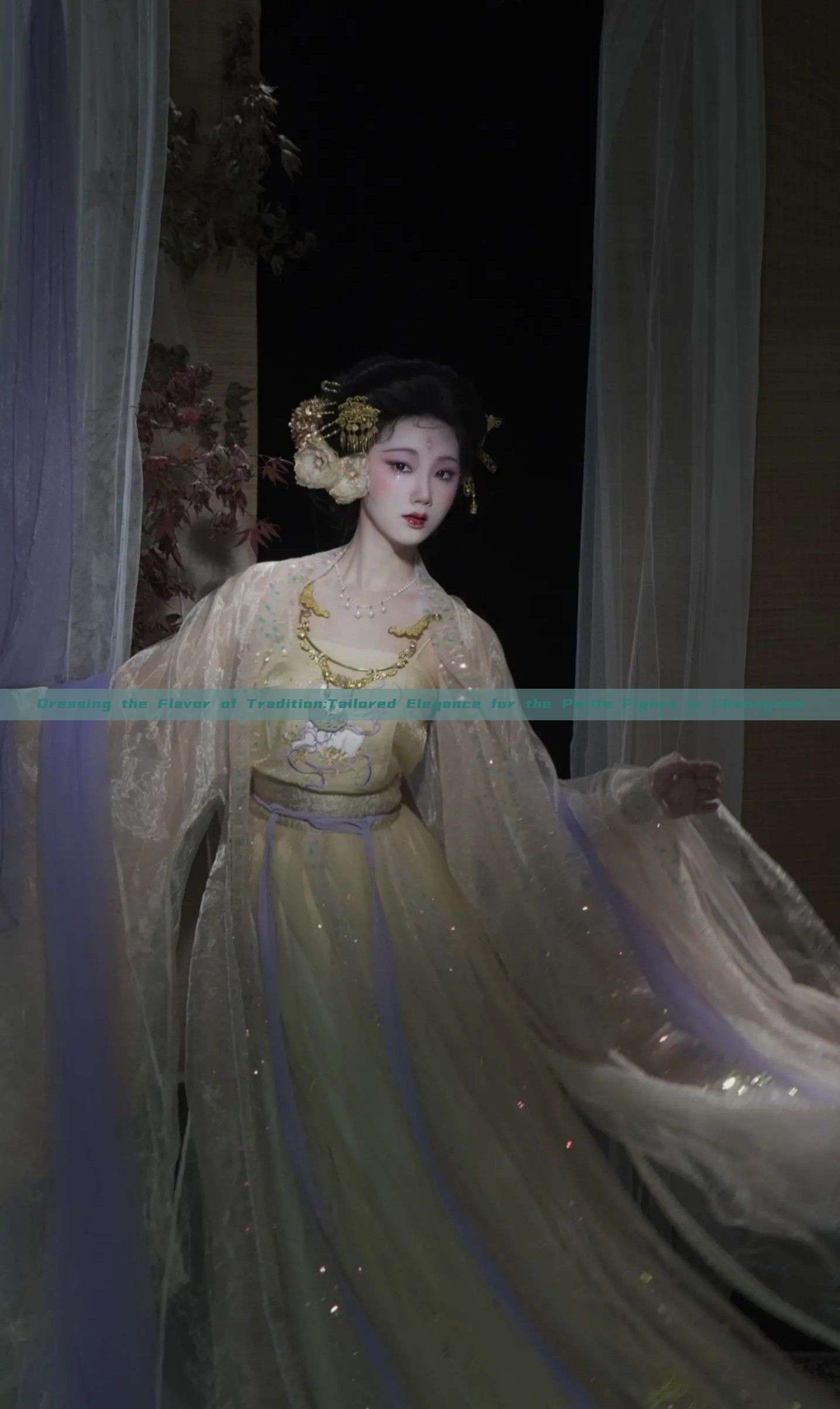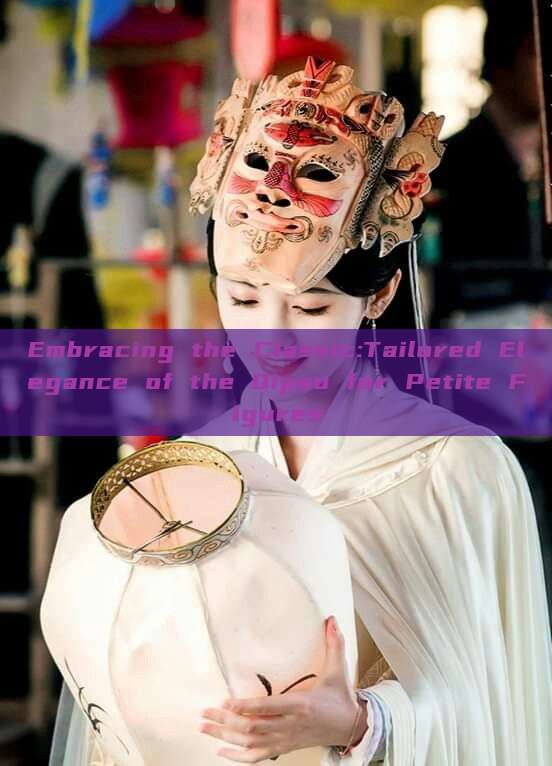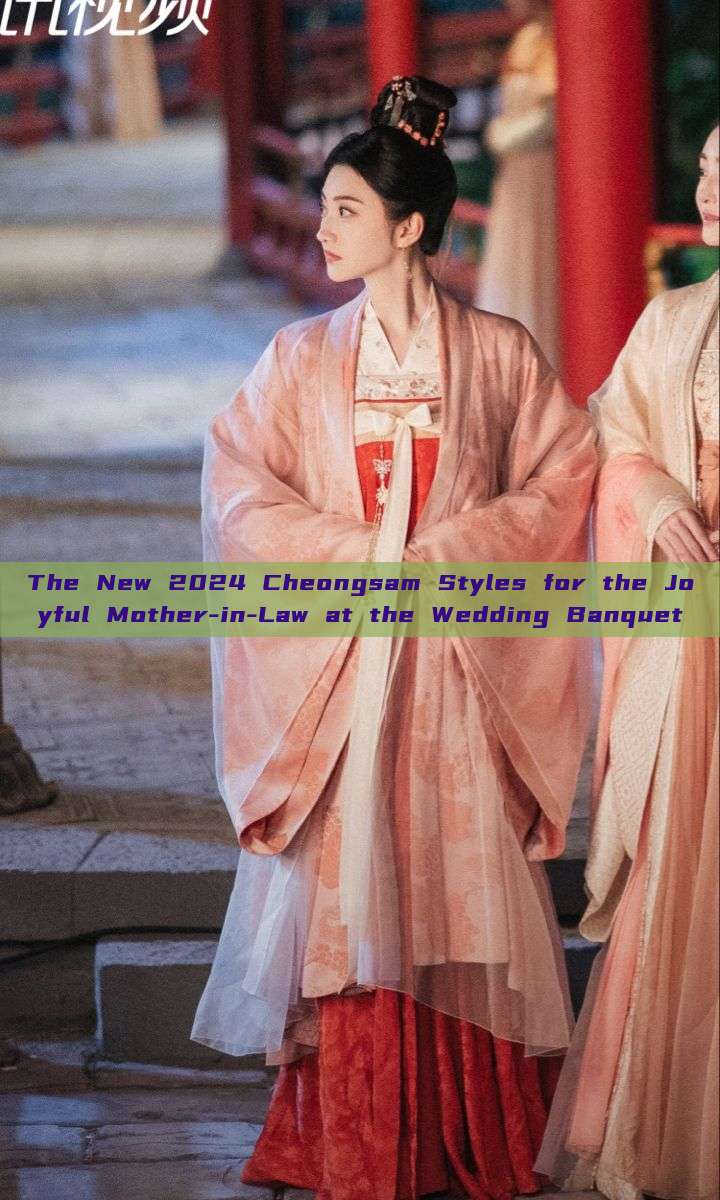In the realm of traditional Chinese attire, the cheongsam (also known as a qipao) stands as a symbol of elegance and cultural richness. It is not just a garment that showcases a woman's figure, but also an embodiment of intricate details and stories. Among these details, the hair accessories that grace the wearer's head, especially those at the nape of the neck, are not to be overlooked.
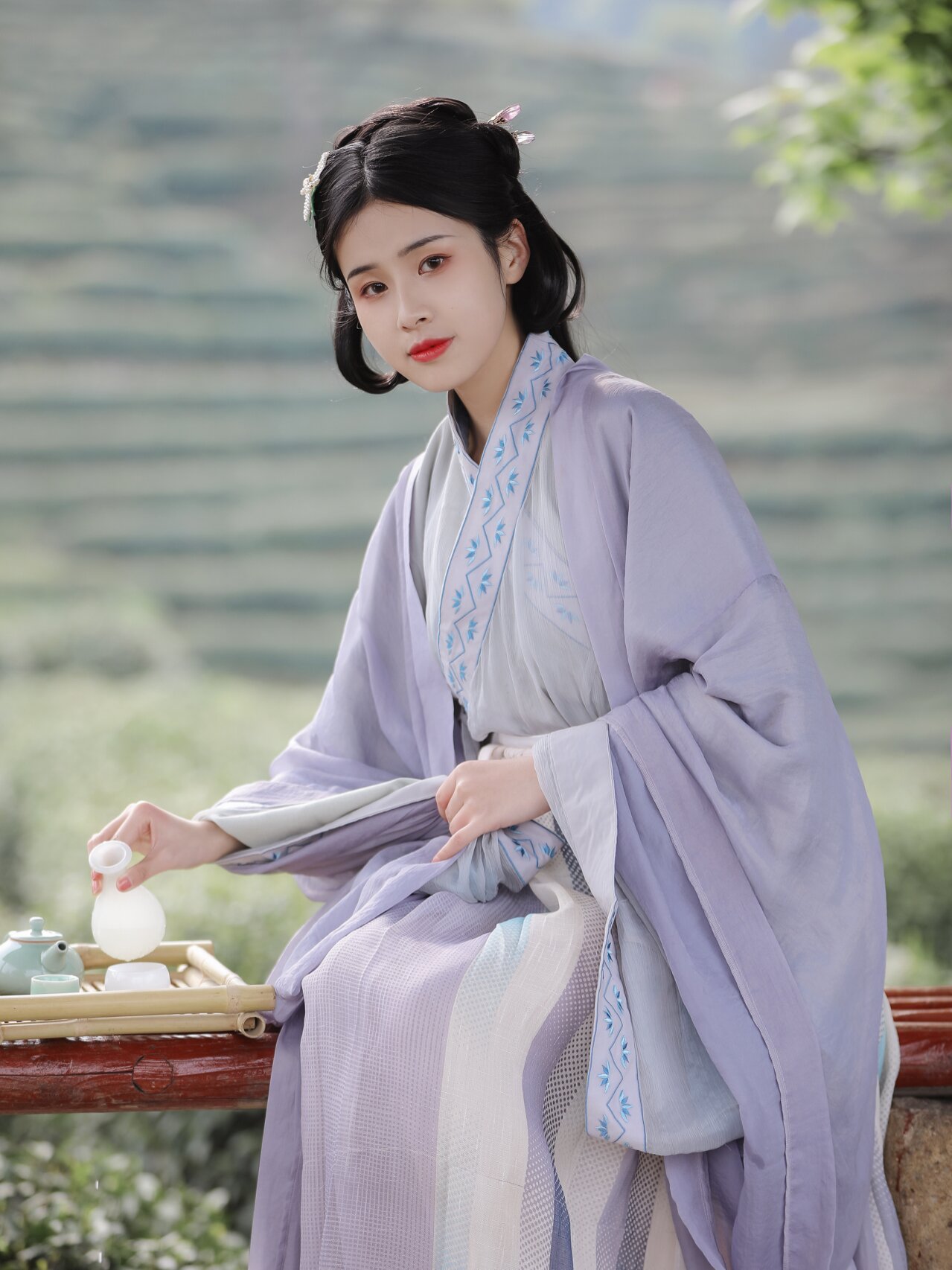
The nape of the neck, often referred to as the back of the head, plays a pivotal role in the cheongsam's overall aesthetic. It is here where various hair ornaments are tied or placed, adding a touch of uniqueness and beauty to the ensemble.
In the past, women would spend considerable time and effort in adorning their hair at the nape of the neck. They would often use hairpin-like accessories to secure their hair in place while also adding intricate designs for decorative purposes. These hairpins were often made of precious materials like jade, gold, or silver, and were carved or encrusted with beautiful patterns and symbols.
Aside from hairpins, other hair accessories at the nape of the neck included hair combs and flowers. These were often tied into the hair using silk threads or other delicate materials, creating a beautiful and intricate pattern at the back of the head. Combs were often decorated with intricate carvings and designs, while flowers added a touch of freshness and elegance to the overall look.
The choice of hair accessories at the nape of the neck was not just about beauty; it also served a practical purpose. The cheongsam, being a close-fitting garment, required a certain degree of precision in hair management to ensure it remained in place. The hair accessories at the nape of the neck served to secure the hair, preventing it from falling out of place or getting in the way of the cheongsam's fit.
Moreover, these hair accessories often reflected the wearer's social status and cultural identity. In traditional Chinese society, women's attire and accessories were often used to showcase their status and position within society. Hairpins and other hair accessories made from precious materials or with intricate designs were often indicative of a woman's high social standing or wealth.
Today, while modern cheongsam designs have evolved to accommodate more casual wearers and modern lifestyles, the art of hair accessories at the nape of the neck remains an integral part of this traditional garment's beauty. Modern cheongsam wearers still use hairpins, combs, and flowers to enhance their look while also embracing more contemporary designs and materials.
In conclusion, the art of cheongsam hair accessories at the nape of the neck is not just about adorning hair; it is about preserving a rich cultural heritage and tradition. These hair accessories are not just pieces of jewelry; they are stories of a culture that has been passed down through generations. As we continue to wear cheongsam and other traditional Chinese attire, we also carry forward these stories and traditions through our hair accessories and other forms of adornment.

